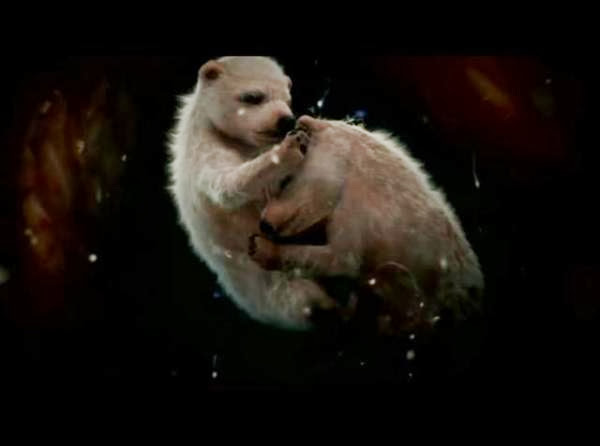The animal kingdom is fascinating and the process that these amazing creatures develop is equally astounding.
Here are 10 incredible photos of animals in the womb.
10. Dolphin
This picture features a bottlenose dolphin approximately half way through its gestation at six months. Found in relatively warm regions of the ocean, bottlenose dolphins have a twelve month gestation period. At six months the bottlenose dolphin fetus has developed tiny teeth and its tiny tail are developing flukes.
9. Elephant
This perfectly proportioned Asian elephant fetus is halfway through its gestation period at 11 months. Elephants, unlike human infants, maintain physical proportions throughout their lives. You can also see that the fetus already has a perfectly formed trunk and even small hooves.
8. Tiger Shark
Sharks are extremely rare among fish, since they bear their young in the fashion of a mammal. This tiger shark will soon grow into one of the ocean’s deadliest predators. Even in the womb, its sharp teeth are clearly visible and just as intimidating—they even allow it to eat its unborn siblings if it feels the urge to do so. This shark species is responsible for deaths nearly every year, but most of them are avoidable.
7. Penguin Peep
Inside its protective eggshell is a tiny regal emperor penguin chick. Here you can see it is warm down, that will protect this soon to be born chick from the bitterly cold environment. For now though it is happily floating in its egg fluid protected by set of down which, as you can see, has already developed inside the egg. Attached to the belly is the last of the egg yoke.
6. Chihuahua
This tiny canine is already beginning to resemble its dog ancestors. When born this small puppy will develop a more pointed snout and will already be equipped with small sharp teeth.
5. Cheetah
This small cheetah is about two months into its three month gestation period. At around two-thirds to its birth date, this small cheetah fetus is already showing its distinctive spots and small claws. While completely helpless once born, this cheetah will one day be the fastest feline, or carnivore for that matter, in the world.
4. Snake
While snakes are one of man’ s most popular creatures to fear and hate, it is a fascinating creature that seems to have similarities with lizards and young birds at this stage. This ultrasound of a corn snake is observed from inside an egg that is hard and much like a birds egg. It also shares a distinctive brain region and well-defined spinal column with its lizard brethren and young birds.
3. Opossum
The marsupial opossums birth process includes almost two births. This picture is of the fetus opossum that has been born for the first time. While in this stage, the fetus makes its way to its mother’s pouch to fully develop before being ready to be born for a second time.
2. Lemon Shark
This newest member to the fastest tropical shark species in the world is only starting to develop. At this stage the small fetus looks more like a tadpole and you can see the frills that are the start of its gill covers. Once born its immediate prey will be fish but eventually with more maturity this tiny shark will be able to grab seabirds from the tropical surfaces.
1. Polar Bears
These small fetuses will one day grow into the largest carnivore species on land, but right now are only two-thirds through their gestation. Still, these brothers already sport their tiny claws and warm insulating fur. While it looks like these two fetuses are sharing some sibling love, siblingrivalry is inevitable and will only escalate after birth.
















































